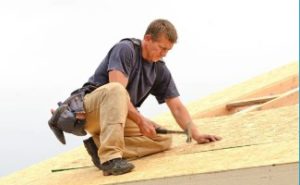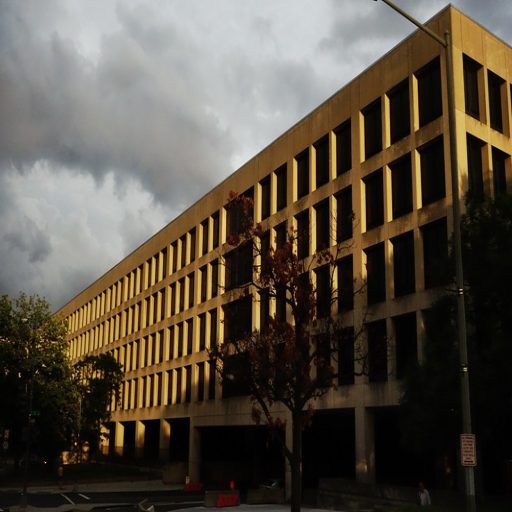Just a short follow-up to yesterday’s post about the death of an 18-year-old who fell from a roof because his employer did not ensure that he was using fall protection. I also discussed the enormous challenge that OSHA has enforcing safe working conditions with a budget no where large enough to fulfill its mission.
Part of OSHA’s problem is that, by necessity, many of its enforcement actions are reactive: companies are cited after, rather than before a worker gets injured or killed.
Happily, that is not always the case. Last week, OSHA issued a $548 thousand dollar citation against JMH Roofing LLC and RAM Roofing LLC for the operator’s “dangerous pattern of ignoring federal safety standards and exposing his workers to potentially serious and fatal injuries.” Happily, despite the employer’s sorry record, no workers were killed or seriously injured prior to OSHA’s citation.
Part of OSHA’s problem is that, by necessity, many of its enforcement actions are reactive: companies are cited after, rather than before a worker gets injured or killed.
The companies, operated by Jonas Hershberger, were issued eight willful and two repeat violations after being observed by OSHA on four occasions in less than three months exposing workers to deadly fall hazards of up to 19 feet at four residential roofing job sites despite having fall protection equipment available on site. Workers were also lacking eye protection while using pneumatic nail guns and the company allowed workers to work without properly extended ladders. The company had been cited in 2020 for the same ladder violation.
A willful violation is defined as a violation in which the employer either knowingly failed to comply with a legal requirement (purposeful disregard) or acted with plain indifference to employee safety.
1,015 construction workers died on the job in 2021, with 379 of those fatalities related to falls from elevation. Exposure to fall hazards makes residential construction work among the most dangerous jobs in construction.
What Does This Mean?
The good news here is that, despite the Hershberger’s “dangerous pattern of ignoring federal safety standards and exposing his workers to potentially serious and fatal injuries,” none of the company’s workers were injured or killed from falls.
Any time OSHA can get to a company and issue a large citation before a worker gets hurt or killed is a victory for workers and for OSHA. And, more important, this citation sends a strong message to employers whose safety programs consist of luck — wishing and hoping that, despite obvious safety violations, none of their workers get hurt or killed, making it unlikely that they’ll ever see an OSHA inspector.
And that’s a pretty safe bet for most employers. OSHA has only enough inspectors to inspect every workplace in the country once every 195 years. And usually, despite unsafe conditions, employees are lucky enough not to get injured. But over 5,000 workers every year are not so lucky.
It’s only unfortunate that the law doesn’t allow employers to be criminally prosecuted for willful or repeat violations of the law and knowingly endangering workers.
So the odds that an employer who doesn’t seriously injure or kill a worker will ever see an OSHA inspectors are pretty low. And it’s a credit to the agency that are willing to issue such significant citations, even before a worker is killed.
It’s only unfortunate that the law doesn’t allow employers to be criminally prosecuted for willful or repeat violations of the law and knowingly endangering workers.
One more thing: JMH Roofing has a very nice website with lots of photos of houses they’ve worked on and workers working on those house. And like Troyer roofing that I wrote about yesterday, JMH’s website contains photos of workers on top of roofs no using fall protection
Maybe OSHA’s settlements with companies who violate the law and endanger workers should be required to show photos of workers using the safety equipment required by the law.
One other idea. OSHA requires citations to be posted in the employer’s workplace. Maybe we should move into the 21st century and require OSHA citations to be posted on companies’ websites.
